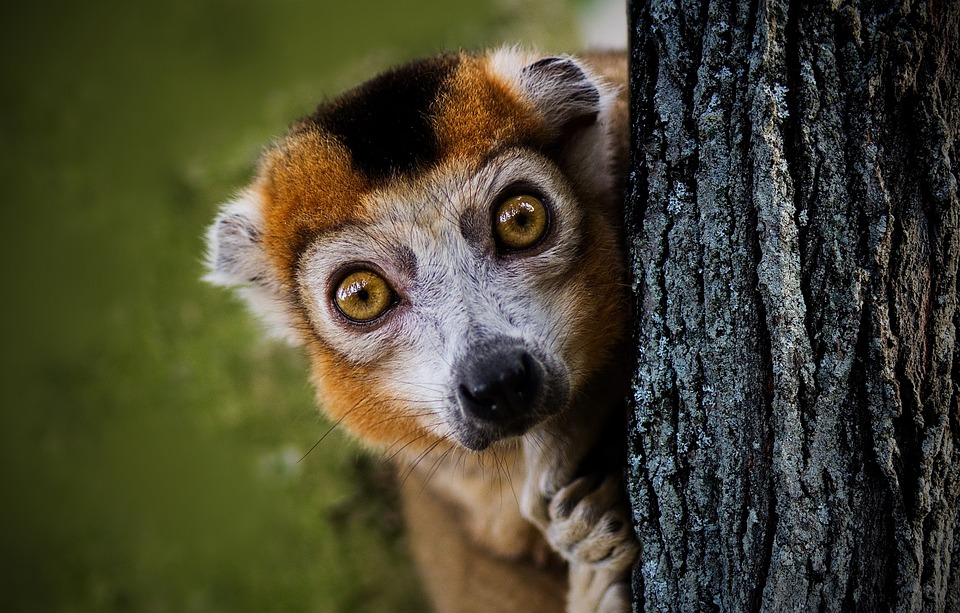The Breath of Life: A Deep Dive into the Secrets of the Respiratory System
Introduction
Every day, you take thousands of breaths without thinking. But have you ever stopped to consider the incredible system that allows you to do so? This miraculous system, known as the respiratory system, plays a key role in sustaining life by providing oxygen to our cells and eliminating waste gases.
The Marvelous Machine: Our Lungs
At the center of our respiratory system are our lungs—spongy, balloon-like organs nestled within our chest cavity. These lungs are on the frontline in the fight for life, absorbing the oxygen we breathe in and expelling the carbon dioxide we breathe out.
Breathing: A Physiological Symphony
The process of breathing—also known as respiration—is a complex mechanism involving several stages. It begins with inhaling air through the nose or mouth. This air travels down the windpipe (trachea) and into the bronchi, which branch into smaller bronchioles in the lungs. At the end of these bronchioles are tiny sacs called alveoli. It’s within these alveoli that the exchange of gases occurs.
Oxygen and Carbon Dioxide: Crucial Companions
Oxygen is essential for our cells to function. It’s carried from our lungs to our tissues by the bloodstream, where it’s used to produce energy. Carbon dioxide, a waste product of this process, is then transported back to our lungs and exhaled.
Respiratory System: Vulnerabilities, Diseases, and Defense
Just like any machine, the respiratory system can malfunction. Diseases such as asthma, bronchitis, and pneumonia can hinder the respiratory process, making breathing hard. However, our body has a defense mechanism. The respiratory system has built-in filters and defense mechanisms to trap and expel pathogens and harmful particles, protecting our lungs.
FAQ Section
Q1: How do our lungs work?
Our lungs work by inhaling air and transferring oxygen from the inhaled air into our bloodstream. They also remove carbon dioxide, a waste product, from our bloodstream and expels it when we exhale.
Q2: What is the function of alveoli?
The alveoli are tiny sacs in the lungs where the exchange of oxygen and carbon dioxide takes place. Oxygen from the inhaled air passes through the walls of the alveoli and into the bloodstream. At the same time, carbon dioxide, a waste product, moves from the blood into the alveoli and is then exhaled.
Q3: What are the main parts of the respiratory system?
The main parts of the respiratory system include the nose and mouth, trachea, bronchi, lungs, and diaphragm. These parts work together to bring in oxygen and expel carbon dioxide.
Conclusion
The respiratory system is an intricate, complex system that keeps us alive. Every breath we take is a testament to the power of this system. From inhaling the morning air to exhaling a yawn-filled night, our respiratory system is on the job.

Image Credit: Lung (Presentation) by Pavel L Photo, published on Pixabay, https://pixabay.com/en/lung-presentation-human-body-physiology-1248043, CC0 License

